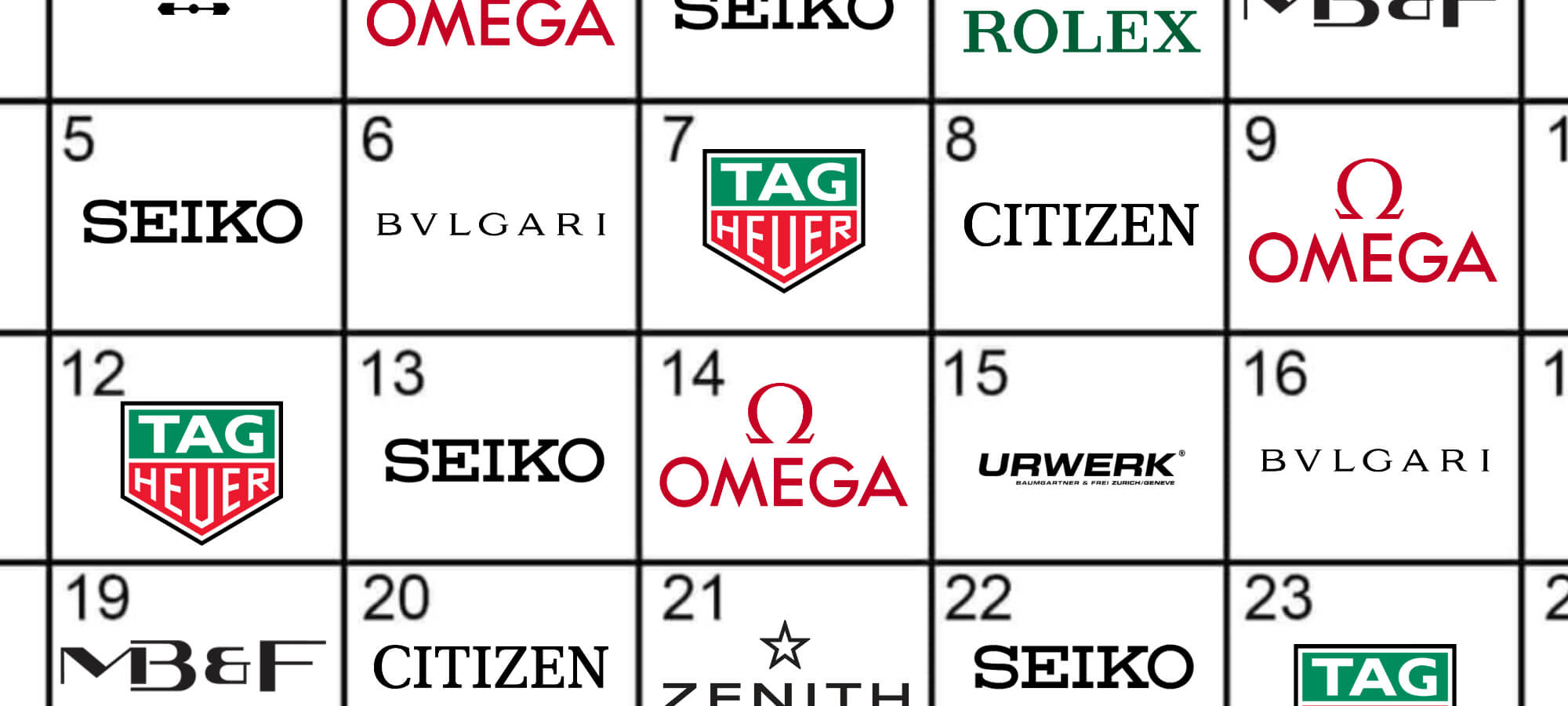
About two years ago, I wrote an essay directed at watch industry insiders that explored some modern trends in product release cycles within the space. The discussion about product release cycles (how regularly new products are announced/introduced into the market) is salient because, compared to just a few years ago, the way many watch brands release new products is quite novel. You could even say that we are currently experiencing a moment of great experimentation when it comes to the right way to release watches in an internet-first world. Given the variety of how watches are sold, what they cost, and where they are made, it is clear that consumers should expect wristwatches to reach them via different channels and via different communication strategies. This doesn’t mean all experiences are going to be the same.
Just a few years into an era of discovery and new directions for watch marketers, I am already seeing signs of stress and market rebellion in response to certain product release cycle strategies. To be more specific, I have found that brands that release too many products, and too quickly, can very easily (if unintentionally) annoy and stress markets to the point that such strategies actually hurt rather than help a brand. This is a very complicated discussion because the reasons watches are released and sold the way they are is due to a variety of different market factors, many of which most brands cannot even directly control. That said, as it is always wise to adopt a long-term vision when doing business in the watch industry, I think new and mature watch brands should very carefully consider how consumers react to some of the more novel product release cycle strategies they are employing today.
First, some context. How did we get here, and what is this all about? Just 10 years ago, the vast majority of watchmakers maintained very traditional product release cycles. Often, watchmakers would announce new products one time a year at tradeshows such as Baselworld or SIHH. Those watchmakers could then ship those products as they were manufactured over the subsequent year. For the most part, new watches were announced about once a year, a fact that retailers and consumers could rely on when trying to plan annual purchase decisions. Part of that meant that consumers could more easily plan purchases from their favorite brands because they had some reliable visibility on what was going to be released in the coming months.
 One of the primary reasons watch releases only happened at tradeshows is that watch retailer and media attention were consolidated at those events. It was far more efficient for a watchmaker to announce a new product at a tradeshow, versus the cost it would require to fully advertise new products and travel around to meet with potentially hundreds of individual retailers. Efficiency forced watchmakers to compete for attention during relatively short periods, and a common complaint from brands was that they weren’t getting enough individual attention.
One of the primary reasons watch releases only happened at tradeshows is that watch retailer and media attention were consolidated at those events. It was far more efficient for a watchmaker to announce a new product at a tradeshow, versus the cost it would require to fully advertise new products and travel around to meet with potentially hundreds of individual retailers. Efficiency forced watchmakers to compete for attention during relatively short periods, and a common complaint from brands was that they weren’t getting enough individual attention.
The communication power of the internet eventually allowed brands to decouple their relationship with media and retailers from the tradeshow environment. When this first happened, brands immediately realized that they were no longer locked into traditional product release cycles. Brands could not only release new watches whenever they liked, but they could also release as many new watches as they liked simply by emailing out a press release. While there is no “post-Basel playbook” to guide companies on how to effectively do business in this era, it is clear that many companies enjoy the ability to announce new products on their schedule and on their terms.
What else happened when watch brands earned freedom from tradeshows to release new products whenever they wished? Brands eventually learned that each time they release new products, there is often resulting product coverage in at least some media outlets. Email news releases began as a tool to announce the current or upcoming availability of new products and evolved into a strategy to get attention. Attention is also the currency that purchasing advertising earns. Suddenly, watch product releases were seemingly earning some of the attention that was previously purchased with advertising. This implies that releasing new products could serve goals outside of just selling new watches. The practice of weaponizing product releases to gain brand awareness quickly became a favored form of competitive warfare in the watch industry space. There are several interesting implications as a result of this.
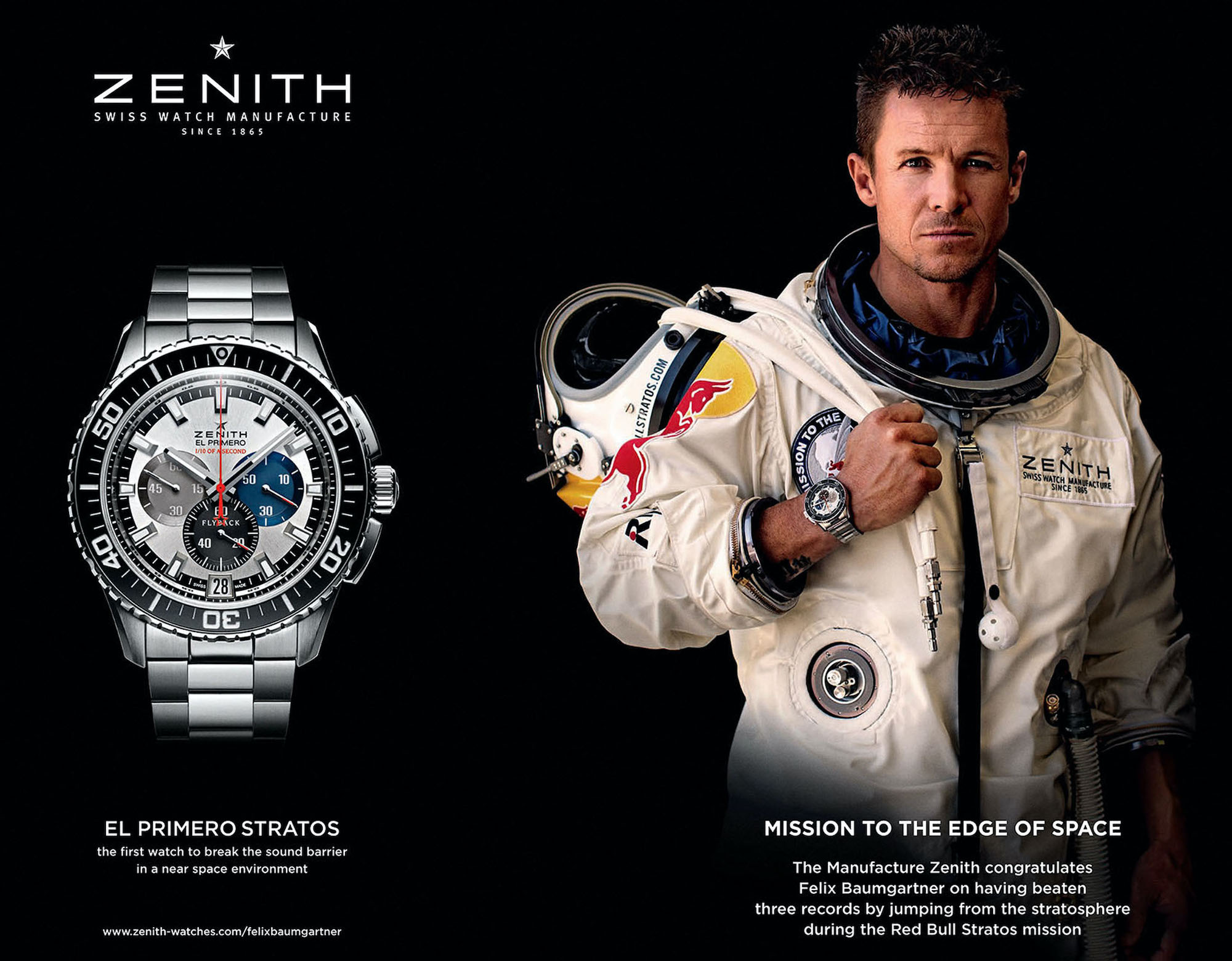
Let me first explain why this practice is novel to the digital era, when, in theory, brands could have been doing it all along. If my argument is that new product releases are just as powerful as an advertising campaign, then why is it that companies across the board don’t just release new products versus advertising all the time? Brand managers routinely rank spending money on advertising as among their least favorite things (because they are terrified by the risk of not being able to prove returns) to do. The reality is that coming out with new products (good ones, at that) is highly expensive. So expensive that even costly advertising campaigns tend to be cheaper. Companies long ago found that convincing buyers you want to buy something from your brand is actually often easier than trying to get them to purchase something new you just came out with. Thus, a very common practice among major companies is that between new product launches, that company essentially advertises itself. This is sometimes called “brand” or “awareness” marketing, and it is distinctive from marketing that instructs consumers to engage in a specific behavior (such as, “shop our sale now”).
The watch industry today doesn’t necessarily abide by these rules. Indeed, it still costs an awful lot of money to develop a brand-new timepiece. This is especially true if that new timepiece requires a new movement or case. The internet, however, is surprisingly forgiving to faux product releases. In the past, in order to release a new product, a company needed to actually have new products to sell. Today, that isn’t often the case. The internet marketplace allows companies to “release” new products with the existence of just a few prototypes, or perhaps even just a few computer-generated images. This allows watchmakers to “release” (and thus get attention for) new products that don’t even exist. Suddenly, the high cost of developing a new product to release becomes a relatively modest expense when you are leveraging mere plans to develop a product in the future. While the watch industry is a stubbornly traditional community, it rarely leaves a new strategy to save money on the table.
Because watchmakers don’t actually need to materialize many (or any) new watches to announce a new watch, there is a modern tendency for watch brands to release new watches all the time. What makes this easier are Biver-era lessons, such as the tendency to make watch designs modular. This allows for parts on existing watches to be replaced or made in different colors to come up with new product variations. The resulting status quo means that watchmakers rely on relatively inexpensive product releases to both sell new watches and gain hoped-for attention instead of investing in advertising. Business-wise, this sounds like a winning solution for the companies that make watches. Unfortunately, markets tire of this strategy, and the result of too many companies applying these practices is consumer stress and alienation.
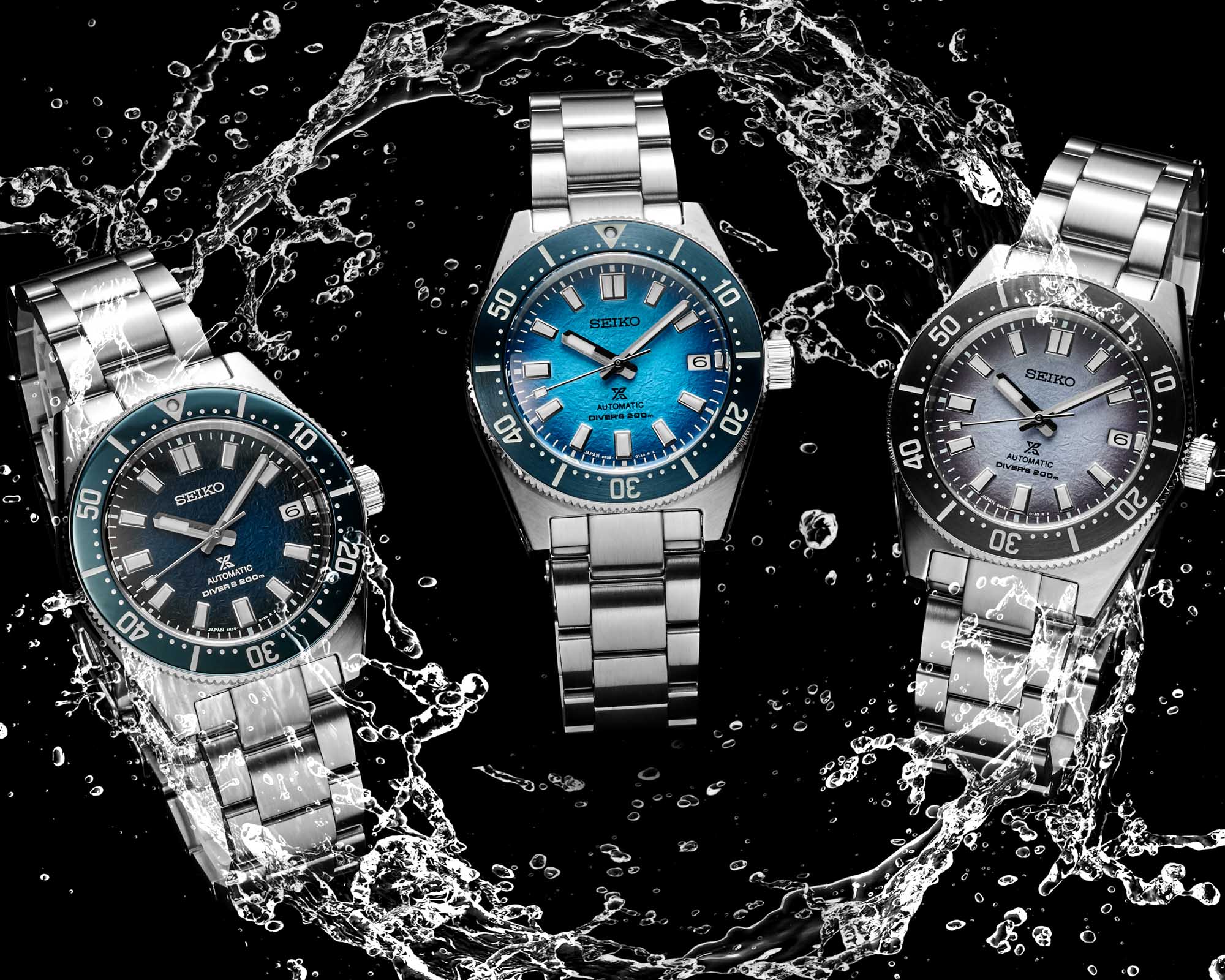 No market can buy so many watches this fast. It’s an important lesson for brands to learn, again. Over the years, the watch industry has routinely succumbed to assuming consumers have an unlimited appetite for their goods. A decade ago, that was producing far more watches than there were consumers for, and today’s similar behavior is producing more product variations than there are consumers for. What is different today is that the surge of new products has a more immediate and negative impact on consumers. Years ago, it took a while for the over-production of a particular model to hurt the market and negatively affect things like pricing. Today, the act of announcing a brand-new watch to consumers each month has the more immediate effect of annoying them.
No market can buy so many watches this fast. It’s an important lesson for brands to learn, again. Over the years, the watch industry has routinely succumbed to assuming consumers have an unlimited appetite for their goods. A decade ago, that was producing far more watches than there were consumers for, and today’s similar behavior is producing more product variations than there are consumers for. What is different today is that the surge of new products has a more immediate and negative impact on consumers. Years ago, it took a while for the over-production of a particular model to hurt the market and negatively affect things like pricing. Today, the act of announcing a brand-new watch to consumers each month has the more immediate effect of annoying them.
In fact, most watch brands are now releasing new products monthly. Very few companies release less than a few watches per year, and some brands release up to one new watch per week. Multiply that by the number of watch brands on the market, and you can see how hundreds, if not thousands, of new watches are being presented to timepiece enthusiast consumers annually. While this volume of new releases is certainly stressful to consumers, what makes it worse is the stress of having new watches being released all the time. Let me provide an anecdote to explain the psychological impact this can have.
We begin with the premise that the vast majority of watch consumers cannot afford to purchase all of the watches they like. Consumers tend to have buying limits they give themselves and only tend to purchase on certain occasions. Between purchasing watches, those consumers who are fans of the collecting hobby tend to use their time deciding what other watches they want to buy next and keep a sort of mental tally of those watches or brands that they are currently interested in.
Given that consumers cannot purchase all the watches they like, they tend to look out for “safe” bets that will have a low chance of making them regret the purchase. It is common for consumers to have timepiece-purchase regret (which typically happens when people purchase something they cannot actually afford or that they don’t actually like to wear). A very easy way to make a consumer regret a purchase is for a brand to release new compelling products too quickly. If you purchase a new watch from a brand and enjoy it for a few years before it releases something else you want to buy, typically, that is a release cadence that won’t stress consumers. If however, you purchase a watch from a brand and then a month later something else comes out that you want even more, the natural result is that people might stop purchasing from the brand if the experience becomes too stressful. Recall that a lot of discretionary spending is done on the basis that doing so makes the consumer feel good. If that purchase does not result in a “feel-good” personal state, the consumer will eventually stop doing business with that store, product, or even the entire category.
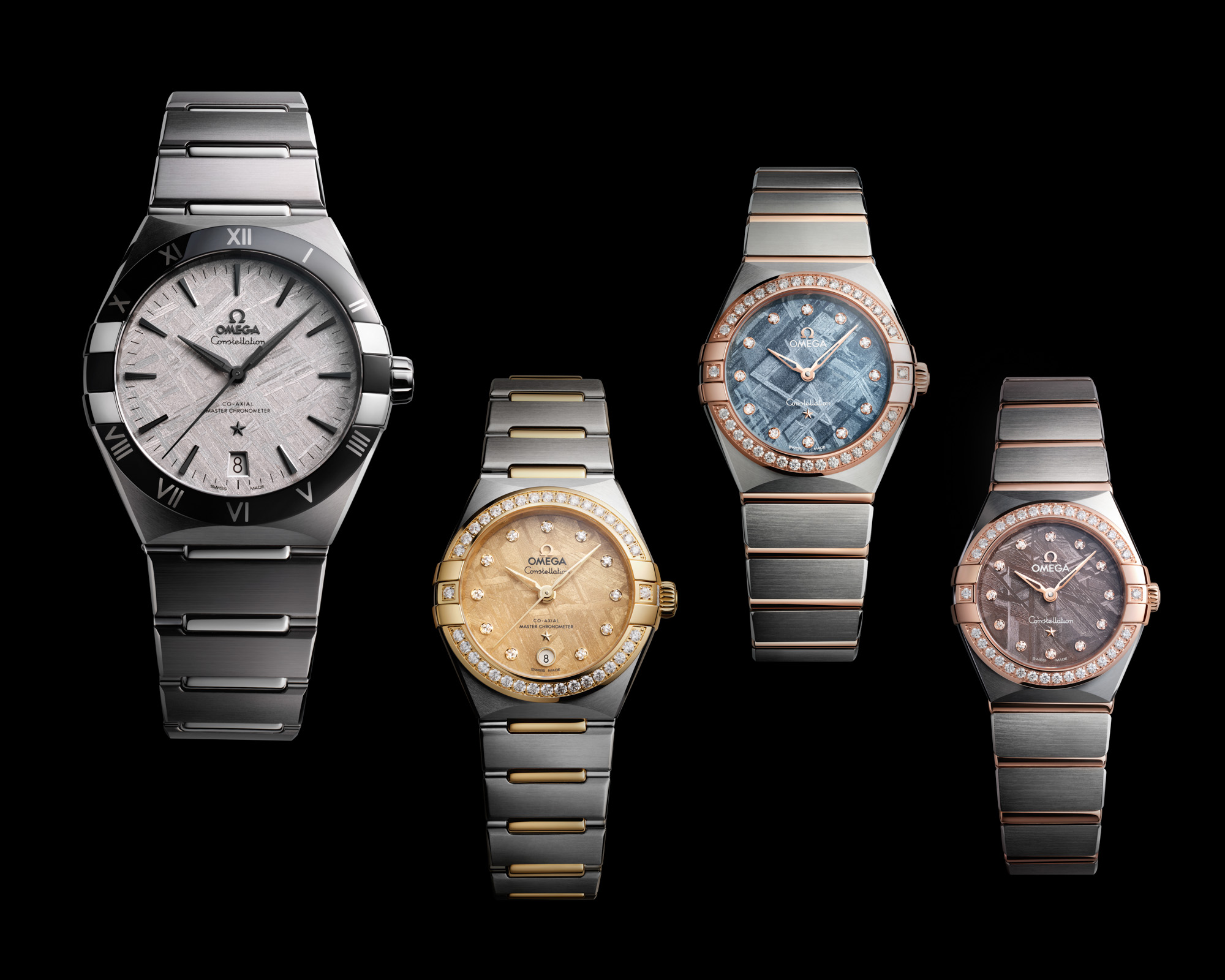
This is all to say that when watch brands hurl new product releases at the enthusiast community with a speed that verges on reckless abandon, it can’t be assumed that there won’t be negative side effects. Consumer stress in the watch industry space isn’t universally a problem among all demographics, but I would argue that pretty much all mature watch consumers have plenty of annoyances right now. While it isn’t pleasant to talk about, there are a lot of examples of people who have exited the watch collecting hobby because of the stress around buying. This is why I continually advocate for a calmer and healthier conversation between the industry and consumers that isn’t merely “buy a new watch now, buy a used watch now, buy a vintage watch now.”
So, what should be done about this problem? This actually reminds me of a mantra I kept hearing from brand CEOs a few years ago but have since not heard at all: “Why do we even need to release new watches each year?” This was some pretty radical thinking at the time and sounds even heretical today. CEOs started making the well-taken point that, while the media would be pissed without regular new product releases, buyers, their R&D departments, and the sales staff would actually be better off if there weren’t the need for new products each and every year. In fact, problems with overproduction and casting light away from important models would be smaller issues if brands did not feel compelled to come out with new products until they were ready to present something truly new. This, however, is entirely opposite the world we are currently in.
As I mentioned above, brands today feel that it is necessary to release new watches at lightning speed. Why? Aside from needing short-term ways of utilizing factory manufacturing capacity, the only conceivable reason brands are doing this is to feed very hungry product release cycles, all so that managers can feel spending on proper marketing and advertising campaigns isn’t necessary. Again, a huge problem with that mentality is that brand advertising and product news are two very different pieces of communication. Consumers don’t want to just hear about new products to purchase from a company. They first want to understand the company and like the brand name. Only then will they be open to purchasing a product from that company.
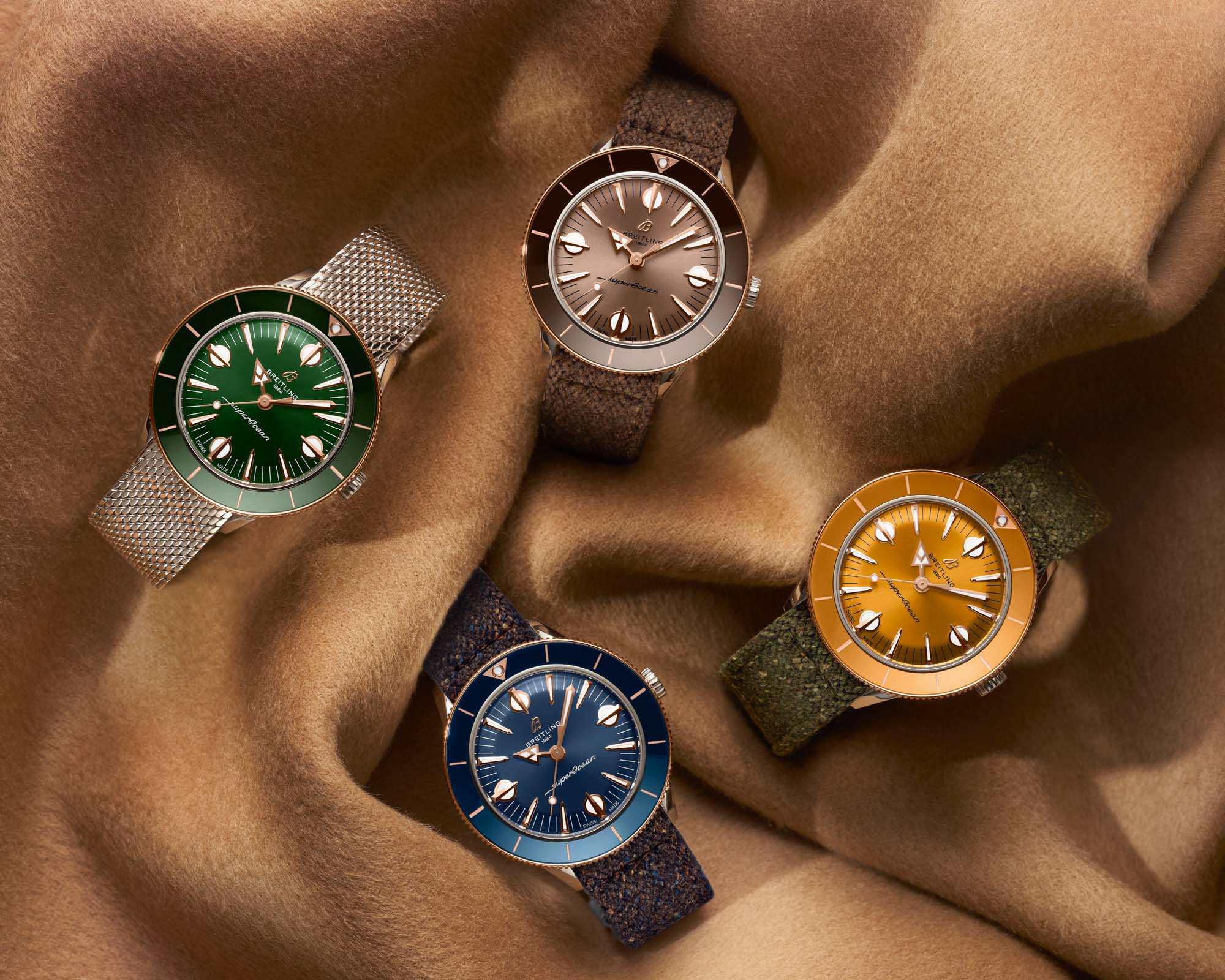
Being able to control your own watch product release cycle is a positive thing for watchmakers. This liberty is still relatively new, and as I hope this article explains, negative results can easily occur as a result of unbridled product news release activity. The solution is for brands to develop a disciplined approach that considers the positive mental state of consumers on the receiving side of their messages. As third-party watch retailers decreasingly have a role in actually convincing consumers to purchase models (today, most consumers have their minds made up prior to speaking with a retailer or entering a store), brands have to take extra special care of the relationship with their consumers. Often, it is the newer brands who handle this better than the larger and more established brands. An easy way for many companies to improve their relationships with consumers is to think about the ratio of their branding to new product messages. There is no ideal mathematical ratio that will work for all brands in all situations, but it is probably safe to say that for each new product release message, there should be at least a few branding messages that are not designed to get a consumer to do anything but walk away feeling good.
Any watchmaker serious about doing business for the long term will need to have both a brand and a product that consumers want. In between letting the world know about new product releases (which should not be constant), companies should be doing everything they can to hype up the brand and its existing products, and explain the personality of the people who make them. Unfortunately, this cannot be done most of the time via product releases, alone. Brands that have been guilty of abusing media attention for new products in place of proper marketing will probably continue to stress consumers and see mid- to long-term demand suffer as a result.

